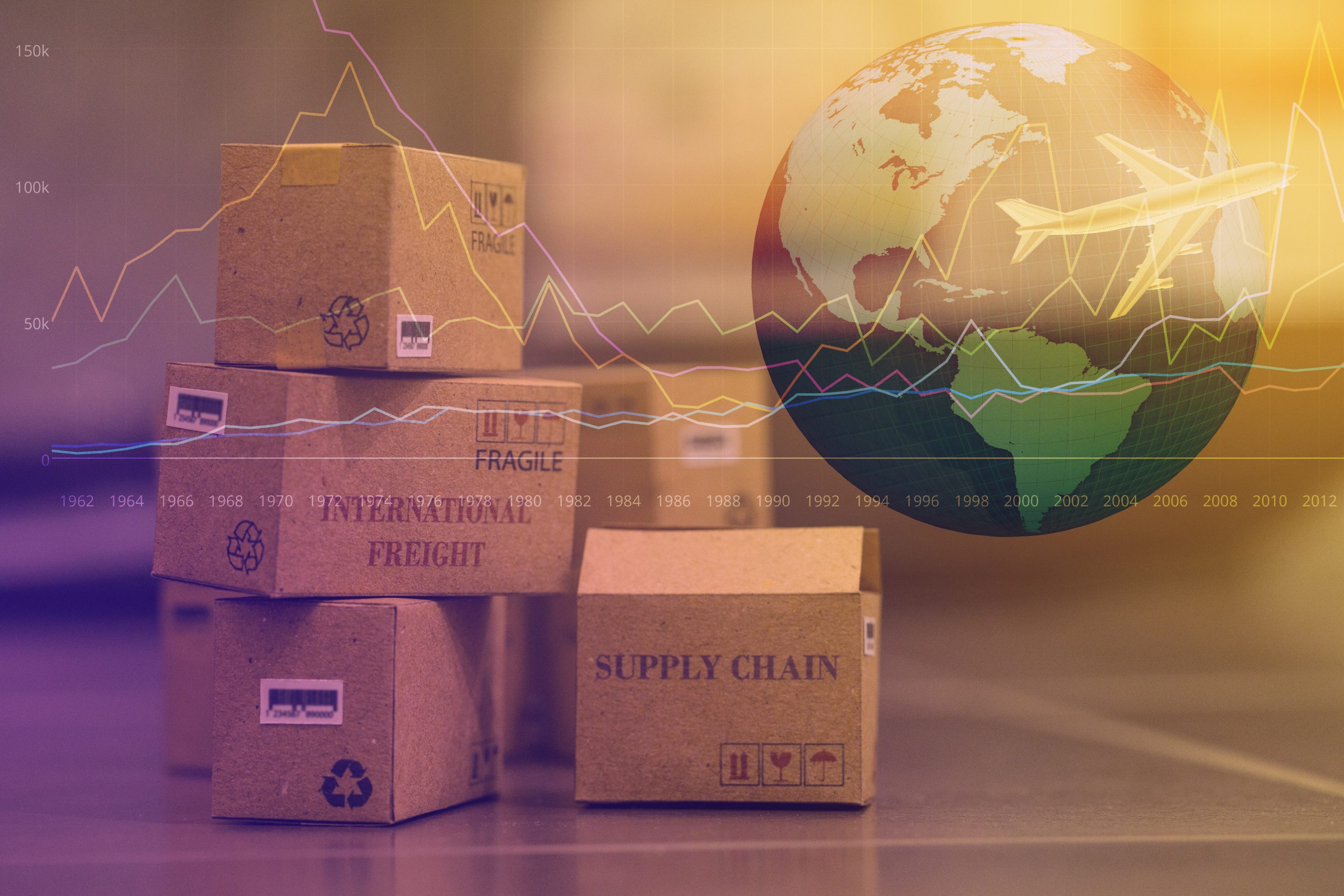
Long been seen as the least sexy part of fashion retail. Sourcing and supply chain has faced some challenges over the past 18-months. We look back at what challenges COVID-19 has presented the textile and apparel industry, and what are the longer-term impacts on sourcing and supply chain.
China is the largest producer and exporter (30.8%), of textiles and apparel in the world. Small wonder then that the seat of COVID-19, China experienced disruption in production. The impacts were not only felt by retailers, unable to receive orders, but by manufacturers in other countries such as Sri Lanka, who is heavily reliant on fabrics, trims, zips, and accessories out of China. Indeed, according to UNCTAD, the pandemic led to a 3% drop in global trade values in the first quarter of 2020.
Cancelled orders from retailers in developed countries, as they went into lockdown during 2020, has left those working in textile and apparel manufacturing in developing countries, particularly vulnerable. Workers in countries like Bangladesh, India, Cambodia and Pakistan, whose employment rights are well below those experienced in developed countries, have been hit extremely hard. As the Delta variant swept through India and surrounding countries, workforce availability and production has also been impacted.
The very nature of sourcing from Asia, has meant that the supply chain has had to be interconnected. According to the Journal of Commerce, 2020 saw maritime transport hard-hit, with cancelled sailings, a reduction in port calls and containers and warehouses full of stock that retailers just couldn’t sell.
As the developed countries have rolled out their vaccination programs, lockdowns eased and stores re-opened, several factors have come into play affecting the future supply chain.
Firstly, US demand has come back very strong, with US importers worried about capacity into 2022. This has put pressure on shipping prices.
The overproduction of fast fashion has today’s younger consumer concerned and the growth of re-commerce and rental is changing the way we shop. This will have a negative impact on countries producing cheap disposable clothing and the people who work there.
Mitigating risk factors, like long supply chains, against disruptions caused by future pandemics, natural disasters or changed consumer sentiment, will change the way we source opening the door for onshore production and a more simplified, more integrated way of working.
“The pandemic, like with many long-building trends, accelerated the focus on prioritizing the continuity of supply.”
References:
The Unprecedented Pandemic “COVID-19’ Effect on the Apparel Wrorkers by shivering the Apparel Supply Chain. Shuvro Sen, Neel Antara, Shusmita Sen, Sunny Chowdhury
https://www.joc.com/maritime-news/container-lines/threat-container-cargo-imbalance-covid-19-builds_20200501.html viewed: 19 July 2021
https://www.joc.com/maritime-news/container-lines/container-shipping-super-cycle-driving-supply-chain-rethink_20210709.html viewed: 19 July 2021
https://unctad.org/news/textile-and-garment-supply-chains-times-covid-19-challenges-developing-countries#_ednref1 viewed: 19 July 2021
https://www.thedailystar.net/business/news/logistics-industry-rattled-1894462 viewed: 19 July 2021

Recent Comments